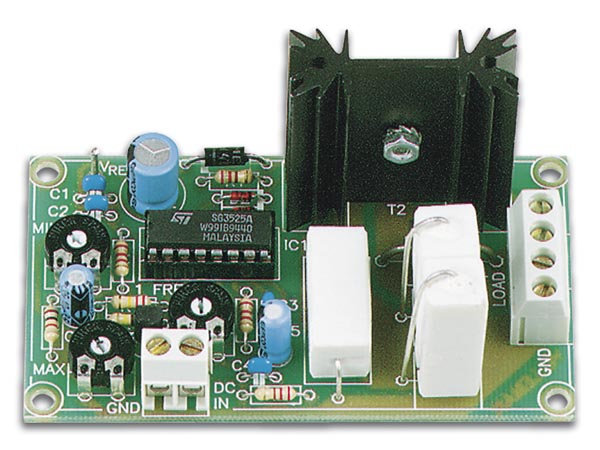- as lead sulphate which has fallen to the bottom of the tank no longer reacts with the porous plates of the lead battery. you have to succeed in putting them back in touch with these walls !! this simply by reversing the battery! the mud that was at the bottom of the tank will be back on the walls to be able to transform again. this technique works relatively well when the walls are still porous
To overturn the battery is quite delicate, the electrolyte can flow through the degassing orifices allowing the hydrogen and oxygen produced during the charge to evacuate (electrolysis phenomena).
Otherwise, yes, the "sludge" stirring is beneficial.
On our electric cars equipped with nickel-cadmium batteries with liquid electrolyte, sludge is also formed.
It was found that the most stressed batteries, especially by fast charges lasted longer (more than 230.000km traveled on a fleet of Berlingo electric with the first set of batteries).
Some experts agree that fast charges, quite violent (60% of the rated current load, 6 times more than the 10% load recommended for lead), would stir the electrolyte by thermal convection effect. ..
- to make the walls porous, I never tried but read that there were paper-based "expander" which releases organic macromolecules which attacks lead "this attack tends to make lead porous: l as the expander is not common and it is based on paper (wood molecule) I think you can put a small piece of wood (it does not cost anything to try and the wood is therefore insulating it does not risk anything) let me know if the test is conclusive! - as the lead sulphate which fell to the bottom of the tank no longer reacts with the porous plates of the lead-acid battery. we must succeed in putting them back in contact with these walls !! this all simply by overturning the battery! the mud which was at the bottom of the tank will be put back on the walls to be able to transform again. this technique works relatively well when the walls are still porous
I am very dubious about these statements ... not very scientific ...
On the Ni-Cd batteries of my electric cars, "blotting" paper dividers separate the plates ... I understand that this is to prevent the migration of metal ions which ultimately cause short circuits on the bad batteries. used.




